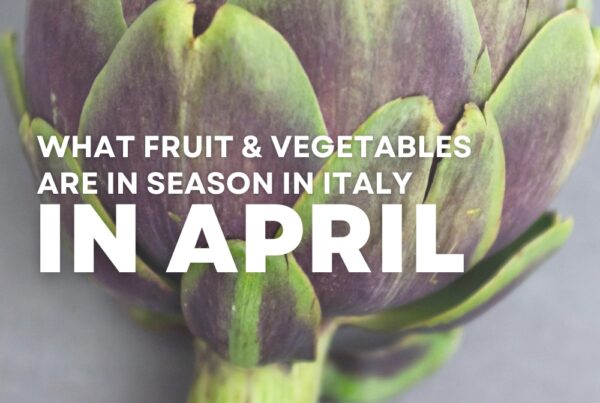We piqued your interest by shedding light on the Campania region a few weeks ago. As we delve deeper in its wonders and beauty, we want to spotlight some of its unique locations, experiences and native products. Among the latter, we are starting with the queen of summer: Mozzarella di Bufala Campana DOP.

Want to learn the secrets of mozzarella di bufala? Want to taste the real thing? Start from the source. Self respecting cheese lovers should visit a mozzarella dairy at least once in their lifetime. We’re talking bucket list material. We can arrange this for you, by the way.
Let me tell you about my first time.
White tile floors covered with whey and water. Not puddles. Two good inches of liquid completely flooding the facility floor. Mastri casari (master dairy producers), young hands and helpers wade through the rooms in their milk-white uniforms: full-length waterproof aprons, caps and knee high white rubber boots. They move effortlessly in the wet habitat necessary to transform milk into a perfect ball of edible bliss. But for unaccustomed first timers, it’s another story.
The first thing I learned when entering a mozzarella dairy for the first time was… don’t walk, glide. No big strides. As I sloshed across the floor, following the milk from udder to heating vats in my sterile slip-on shoe covers, I felt pretty confident that I had gotten the hang of it. I erroneously believed I could actually lift my feet to walk normally, but no. The baptism of not fire but whey & water upon entering the paradisal mozzarella birthplace was the resounding thump of my derrière hitting the tiled floor (and getting soaked).
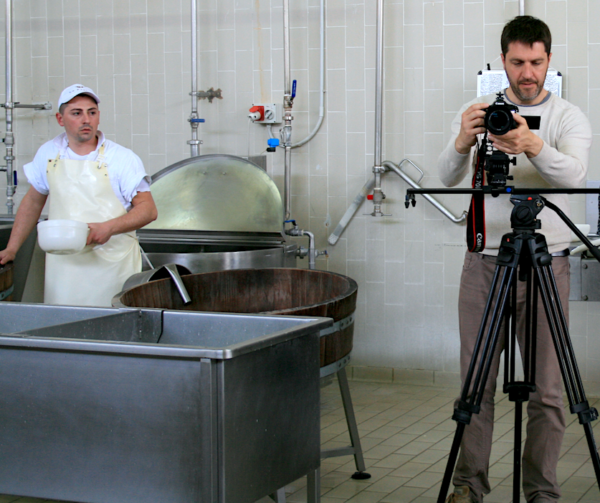
After recovering from the embarrassment (the film crew was rolling while that happened) and as I gingerly slid my way across the floor, skater-style, I finally arrived at a large rectangular metal tub filled with a cloudy liquid and what looked like little else. The mastro casaro dipped his hand in and swirled it around. A huge 2 kilo mozzarella braid, smooth and bright white, bobbed up to the surface. The rest is history.
Design by Casa Mia ToursNeedless to say, everyone who loves cheese and worships mozzarella di bufala should travel to Campania and experience the same (minus the pike dive).

Fragrant, milky, fresh mozzarella di bufala –– paired with ripe tomatoes, fresh basil and olive oil (the magical Caprese salad) or broken raw on a hot pizza, or even bitten into as is –– never disappoints.
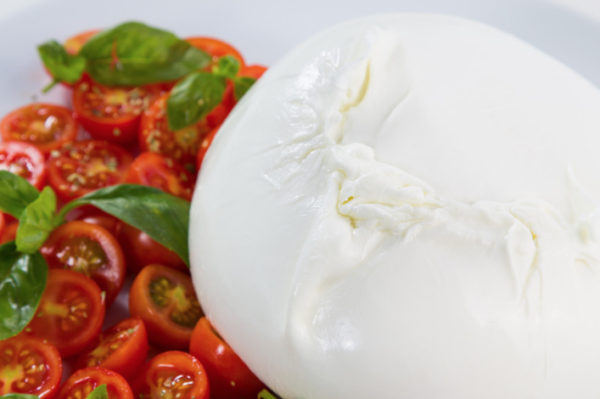
Please remove all images of a solid block of gratable cheese from your minds. Low moisture mozzarella is not mozzarella. Supermarket-grade mozzarella is not mozzarella. Anything sold in packaged boxes, sadly peeling away in nondescript liquid, is not mozzarella either. There are types of mozzarella made with cow’s milk that are very good. There are even worthy imitations made outside of Italy. But the real deal is Mozzarella di Bufala Campana.
What’s a bufala?
Mozzarella di bufala is a fresh cheese produced with the milk of the female water buffalo (not bison!) which is an Italian-Mediterranean cattle breed. If you’ve never visited a bufala breeding/dairy farm, you should. Walk up to the pens and stables where the bufalas are lazily wading in cool mud, and you’ll see them run to the front of the fence to see who’s there, holding eye contact like curious kindergarten kids. Gentle beasts that bless us with their precious, fatty milk.

There are many conflicting theories about how, exactly, these kind creatures got to Italy from Asia. The more believable theory is that the introduction occurred during the Norman period through Sicily, where the animals arrived on ships towards the end of the 10th century and over the course of Saracen and Moorish invasions. From Sicily, under Fredrick II and the period between 1189-1266 they slowly migrated to the mainland and to the current breeding areas in Campania. What’s evident is that the water buffalo, with its large, flat hooves, thrived in the region’s marshy lowlands.
History of mozzarella di bufala
This theory coincides with the first documents that mention mozzarella. According to records from the 12th century, when the Normans controlled southern Italy, the monks of Capua and Aversa welcomed pilgrims to their abbeys with a fresh cheese made of bufala milk called mozza or provatura.

By the early 19th century the production of mozzarella di bufala thrived on a grand scale. The Bourbons began breeding water buffaloes and built experimental dairies at the Royal Palace of Carditello and the Royal Palace of Persano (both located on wetlands) to transform their milk into cheese. Yet after the unification of Italy proclaimed in 1861, industrial production became concentrated in the north. The production of mozzarella di bufala, like most other southern industries, slowly died out.
The few remaining mozzarella bufala dairies came to a grinding halt during WWII. Animals were no longer used for farming, rather captured and slaughtered for food. This caused a near extinction of the breed. Moreover, many of the swampy areas in the region were bonificate, reclaimed, and dried out in a massive labor effort promoted by Mussolini.

The production of mozzarella di bufala began to pick up again in the 1980s, parallel to the emergence of the Slow Food movement in Italy that restored value to regional products. The resurgence of mozzarella di bufala is due to the fact that it has remained an artisanal, handmade product: even in larger industrial productions, mozzarella is still cut by human hands. And it still tastes incredible, like it did hundreds of years ago.

Production area
Mozzarella di bufala has traditionally been manufactured in the Campania region. Locals drive up and down the area’s “Mozzarella Belt,” stopping at different dairies to taste the goods. If the milk of the animals is of crucial importance, and so is geography. Authentic Mozzarella di Bufala Campana DOP can only be made in a specific area of Italy. The link between the product and its production area is key.
A word about DOP
The label DOP – which stands for Denominazione di Origine Protetta or, Protected Designation of Origin – certifies on EU level that the cheese is produced by one of the member dairies of the Consorzio di Tutela della Mozzarella di Bufala Campana, a consortium overseeing the production and promotion of the local product.
A DOP cheese must be made with milk obtained from animals reared in the area, and the particular qualities and characteristics of the product are exclusively due to the geographical environment of its place of origin. By law this includes not only natural factors (extent of pasture, type of feed, composition of muddy environment) but also human ones, therefore taking into consideration both climate and the quality of the soil, as well as local production techniques.
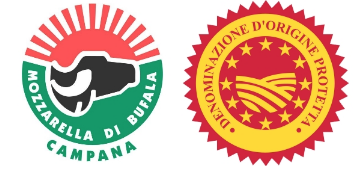
Mozzarella di Bufala Campana DOP, therefore, can only be made in select parts of the region. The province of Caserta, Salerno and some cities in the province of Naples and Benevento. Other regions included in the Consortium’s product specification include in the region of Lazio (of which Rome is the capital) the provinces of Latina, Frosinone and Rome. In Molise the only place allowed to make and call its mozzarella “Mozzarella di Bufala Campana DOP” is Venafro (a small town in the province of Isernia). Also Puglia produces real mozzarella but only a handful of towns in the central part of the Foggia province.
Milk, territory, method, appellation: any other mozzarella-type cheese made outside of these areas, and with milk other than from the bufala, cannot be called Mozzarella di Bufala Campana DOP.
Production method: hands and heat
Hands, experience and technique are crucial to perfect balls of mozzarella. Yet the first element needed to make proper bufala is fresh milk.
A few figures:
- Making 1 kilo of mozzarella di bufala (approximately 2.2 lbs) requires 4.5 liters of milk (approximately 1 gallon).
- A bufala, on average, yields 12 liters of milk per day.
- The milk used to make mozzarella di bufala must be processed within 12 hours of milking
Milking occurs in the middle of the night at the nearby stables. The fatty water buffalo milk, usually around 300 liters of it, is immediately taken to the dairy. Quickly heated up to 38°C (100.4°F), and then added with calf rennet and natural starter culture, to separate the whey from the curd. The pudding-like curd then sits in the cauldron for three hours at room temperature to acidify, it becomes heavy and sinks to the bottom of the container. Once the curd has had time to rest, it’s put through a shredder. The small jagged pieces, which look like tofu at this point, are then doused in boiling water.
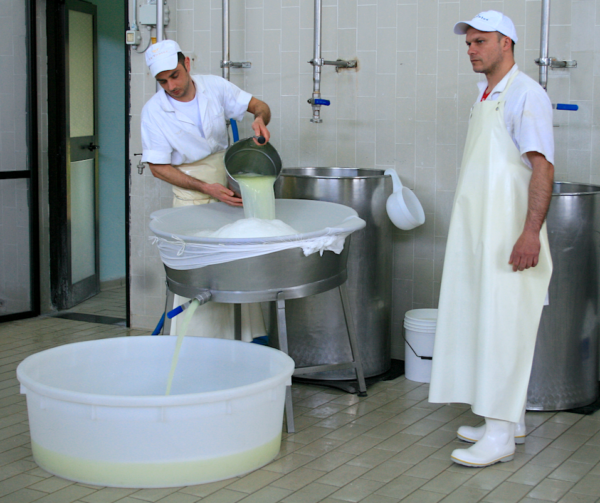
When the shredded curd meets boiling water, magic happens. The casari workers begin kneading and stretching the elastic curd to create pasta filata (literally “spun paste”), which has the heat of lava but the smooth shine of porcelain.
The name mozzarella comes from the Italian verb mozzare, which means “to cut off.” This is the next step in the process. After the silky pasta filata takes shape, the workers, usually two, stand opposite each other, separated by a collection tank filled with chilled water. They work fast and keep dipping their hands in the chilled water. They are handling a mass doused with boiling hot water, remember?

Casaro number 1 “cuts” using both thumbs and forefingers pressing to detach pieces of spun paste from the hot 2-3 kg globular mass, which is held by casaro number 2. This is how the 3-pointed star seam closes each ball of hand-cut mozzarella. Witnessing this process is fascinating. The care, experience and characteristic movements that end with the cutting of the same shape and size balls, is a dance made of urgency, passion and intuition.

The casari continue shaping mozzarella from the large mass quickly (before it cools) into balls, bocconcini (“little bites,” 60 grams each) or large braids, dunking them (and their calloused hands) in the collection tank of chilled water. Mind you, no scales or measurements are used, only the skill of hand-weighing and cutting each boiling hot ball. This is something the mastro casaro learns with experience, not something learned from a book or a video tutorial.

At this point, the casari have shaped the mozzarella, but it’s not ready to be eaten yet. The white gold of Campania needs to soak in a brine with varying levels of salt depending on size, on how far it has to travel and how long it needs to keep (at most up to seven days).
Taste test
The moment we’ve all been waiting for.
Biting into a warm ball of Mozzarella di Bufala Campana straight from the salt bath, rivulets of whey dribbling down your chin and arm, is one of the best joys of life.
Let’s assess mozzarella, sense by sense:
EYES: Mozzarella is pearly white and porcelain-like, it has a smooth and satiny “skin” marked by the classic three-pointed “scar” obtained by hand cutting. When sliced open the interior is flaky, wet and porous. It oozes its milky white whey liquid, like tears of love.

MOUTHFEEL: When bitten into, fresh mozzarella di bufala yields an explosion of milkiness. Slightly granulated and somewhat fibrous. At the same time it is evanescent and soft. Dribbling its whey liquid and causing immediate happiness, the stretched curd has the consistency of silk and melts in the mouth. The glossy texture coats the mouth and tongue. When chewed, mozzarella is bouncy, not gummy. It melts and yields, and is immediately soluble.
EARS: Mozzarella squeaks under the teeth.
NOSE: The bufalas’ diet determines the scents found in the milk and in its derived products. The animals eat hay and grains, which give the mozzarella scents of fresh musk and a slight hint of cremini mushrooms. Another aroma that immediately stands out is fresh cold milk.
PALATE: As soon as the teeth break the smooth skin of the mozzarella, an intricate, nutty flavor invades the tongue. Mozzarella tastes bright and creamy with just a hint of tang. Pleasant nuances of animal, plus green herbaceous undertones chase the buttermilk zing that lingers on the palate. Another bite is mandatory. And then another. And another.

Mozzarella di Bufala Campana has a short shelf life, with constantly evolving flavors and aromatic notes.
Storing tip: A word to the wise: do not keep mozzarella di bufala in the refrigerator! I repeat: do not refrigerate mozzarella di bufala. Ever! If you have any left over, drain it from its storing liquid, place in a bowl covered with cling film. Therefore, consume it as soon as possible.
We look forward to seeing you in Campania!



